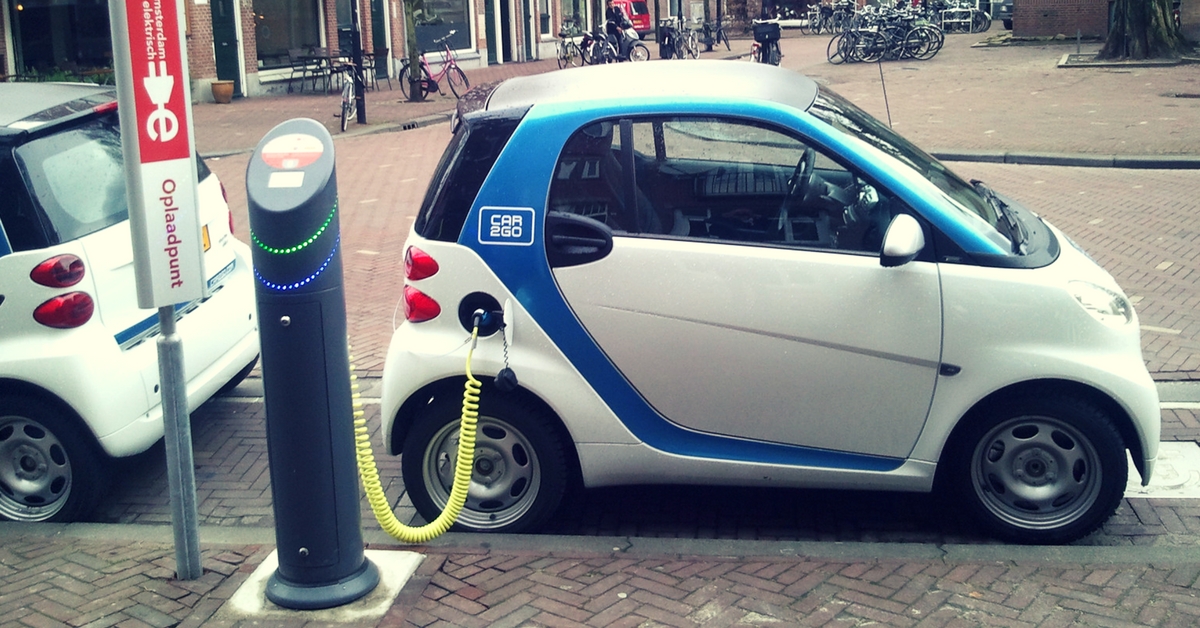Here’s How India Could Save Over Rs 20 Lakh Crore by 2030 on Oil Imports!
If the vision turns into reality, it could not only be India’s chance to become leaders in EV (electric vehicle) technology globally but also save 876 million metric tons of oil and 1 giga-tonne of carbon-dioxide emissions by 2030.

India could save up to Rs 20 lakh crore ($330 billion) by 2030 on oil imports only. Do you know how? By shifting to a shared, electric and connected mobility system says a report titled ‘Enabling India’s Transition to Electric Mobility’ by FICCI-Rocky Mountain Institute.
This report was released by Union Minister Nitin Gadkari at a conference on smart mobility, arranged by FICCI in New Delhi.
If the vision turns into reality, it could not only be India’s chance to become leaders in EV (electric vehicle) technology globally but also save 876 million metric tons of oil and 1 giga-tonne of carbon-dioxide emissions by 2030.

With the rise of the Indian urban population estimated to reach over 600 million in 2030, the number of trips per day may increase to a staggering 500 million.
This will open up economic opportunities for India’s public and private sectors.
To cater to the influx of demands, optimising the use of public transport, e-vehicles, metro solutions and shared rides could be effective solutions. Helping mobility, these solutions could also help address and resolve the problem of degrading air quality in urban areas.
Read more: Mysuru Backs Eco-Friendly Rides, Rolls out 20 Electric Rental Cars
According to the report, India’s success in reaching its EV target, even under a shared mobility paradigm, could help sell over 46,000,000 vehicles (two-, three-, and four-wheelers) in 2030.
The only challenges to the adoption of electric vehicles are the price, selection, range, charging, and consumer awareness. A new approach to bring down technology costs, create an efficient business model, and increasing connectivity could help India go a long way.
Like this story? Or have something to share?
Write to us: [email protected]
Connect with us on Facebook and Twitter.
NEW: Click here to get positive news on WhatsApp!
If you found our stories insightful, informative, or even just enjoyable, we invite you to consider making a voluntary payment to support the work we do at The Better India. Your contribution helps us continue producing quality content that educates, inspires, and drives positive change.
Choose one of the payment options below for your contribution-
By paying for the stories you value, you directly contribute to sustaining our efforts focused on making a difference in the world. Together, let’s ensure that impactful stories continue to be told and shared, enriching lives and communities alike.
Thank you for your support. Here are some frequently asked questions you might find helpful to know why you are contributing?


This story made me
-
97
-
121
-
89
-
167











